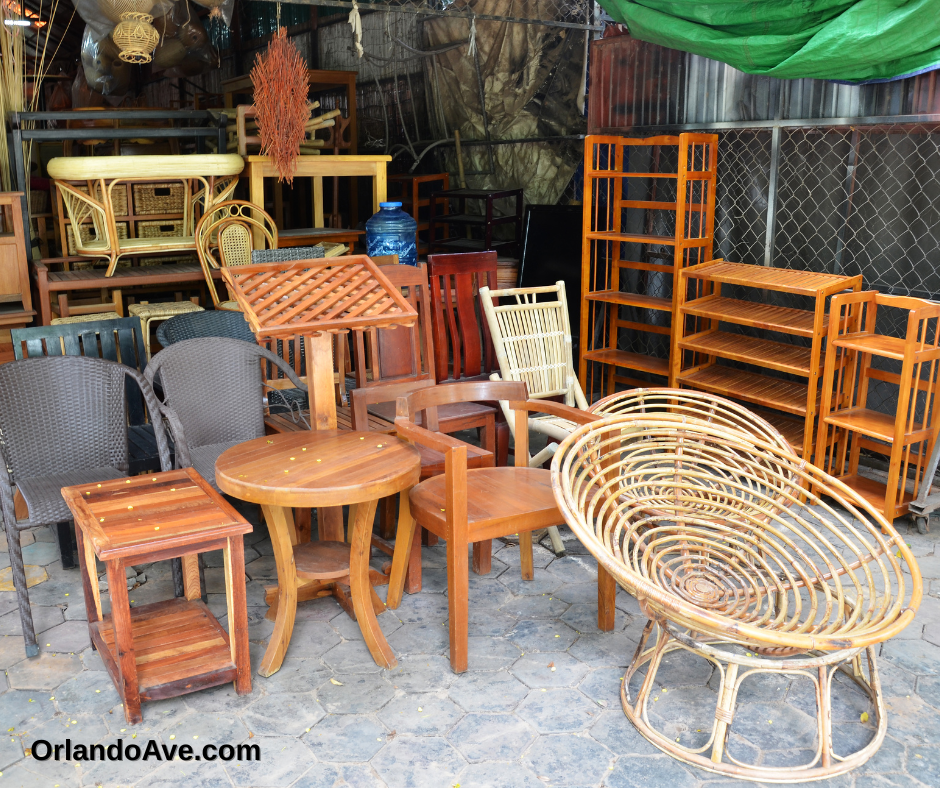7 Essential Tips for Furnishing Your New Home on a Budget
Purchasing a new home marks a significant milestone in life, transforming a vacant space into your cozy sanctuary. But before diving headfirst into the world of furniture shopping, taking a strategic approach can ensure you create a comfortable environment without financial strain. Here are seven practical tips to guide your furnishing journey effectively.
1. Start with Essentials
Your initial focus should be on essential items that you will use daily. Consider investing in the following foundational pieces:
- Bed: A good quality mattress enhances sleep quality and well-being.
- Sofa: The centerpiece of your living room should be both stylish and comfortable.
- Dining Table: Ideal for meals, work, or entertaining guests.
- Basic Lighting: Good lighting can transform the ambiance of your home.
Fulfilling these essential needs will make your home livable and provide you with the time to consider further additions.
2. Live in the Space First
Before committing to major furniture purchases, spend a few weeks acclimating to your new home. This period allows you to:
- Understand how you naturally move through the space.
- Identify which areas require more functional or aesthetic enhancements.
By living in the home, your decisions regarding additional furniture will align better with your lifestyle.
3. Measure Everything
Take precise measurements of your:
- Rooms
- Doorways
- Hallways
- Stairs
Knowing these dimensions is crucial. Beautiful furniture can become impractical if it doesn’t fit through doorways or overwhelms the space.
4. Create a Budget and Prioritize
Setting a realistic budget is key to successful furnishing. Allocate spending based on necessity and functionality. Here’s a suggested breakdown:
- High-priority items: Quality mattress or sofa (allocate a larger portion of your budget).
- Lower-priority items: Decorative pieces or accessories (look for savings).
Maintaining this measurable plan keeps your finances in check.
5. Mix New and Secondhand
Furnishing your home doesn’t mean buying everything new! Explore options like:
- Thrift stores: Often house unique finds at low prices.
- Estate sales: May offer high-quality furniture.
- Online marketplaces: Great for scoring deals without sacrificing quality.
This mix of new and secondhand can lend character to your space while saving you money.
6. Consider Style and Function
When selecting furniture, prioritize both aesthetic appeal and functionality. For example:
- Coffee tables with storage: They add a stylish touch while providing practical storage options.
Focusing on dual-purpose items can maximize space and utility.
7. Decorate Gradually
Take your time with decorative elements like rugs and accessories. Finishing touches should reflect your personality and are easier to select once the larger furniture pieces are in place. This deliberate approach allows you to establish a cohesive flow and atmosphere in your home before adding additional layers of decor.
Additional Cost-Saving Tips
If purchasing new furniture isn’t feasible, consider refreshing what you already own. Here are a few economical ways to update existing pieces:
- Slipcovers: Refresh sofas and chairs without replacing them.
- Paint: A simple coat can bring new life to furniture.
- Accessories: New prints, cushions, or wall art can dramatically change the vibe of a room.
Conclusion
Creating a beautiful and functional home doesn’t have to come with a hefty price tag. By adopting a thoughtful and intentional approach to furnishing, you can design a space that embodies your unique style while meeting your everyday practical needs. Embrace the journey and allow your home to evolve over time, reflecting your personality and lifestyle.
For more helpful resources on home buying and furnishing, check out this guide on Houzz.
Remember, each decision you make contributes to the sanctuary you’ll call home. Happy decorating!


